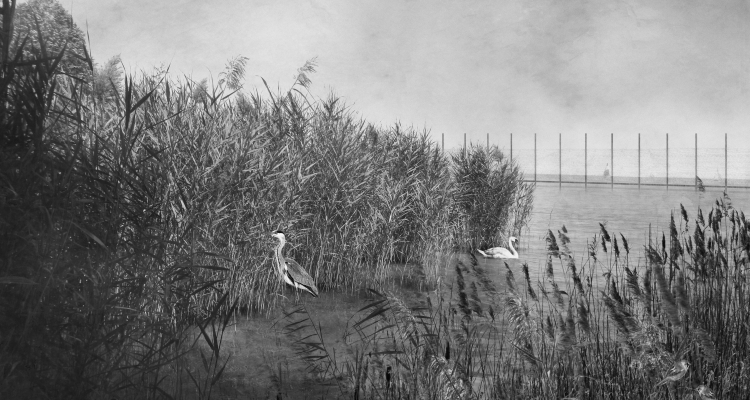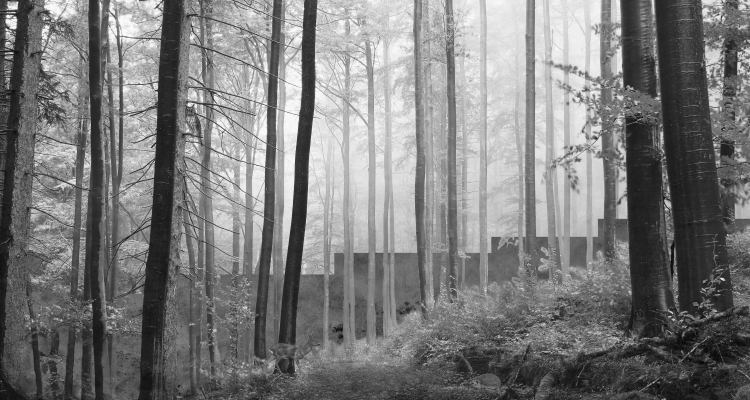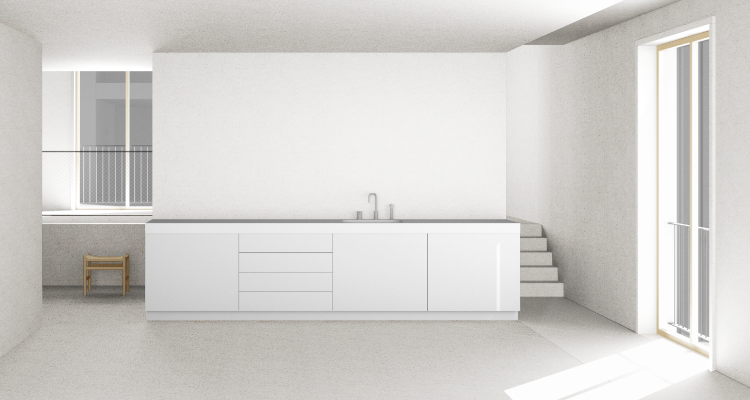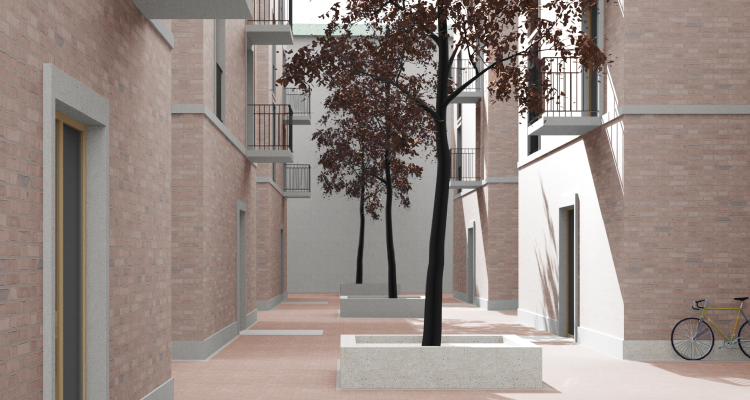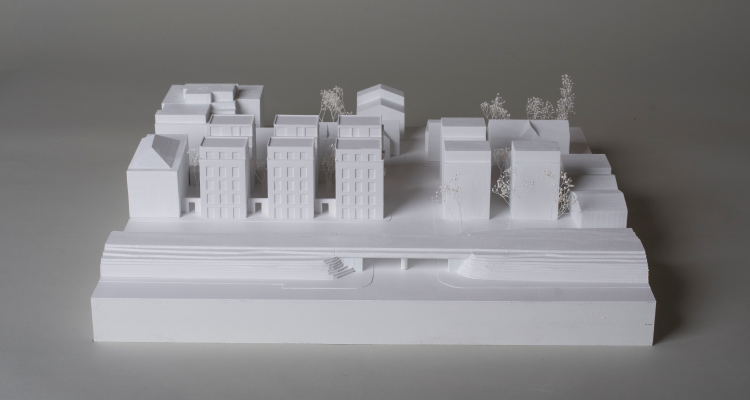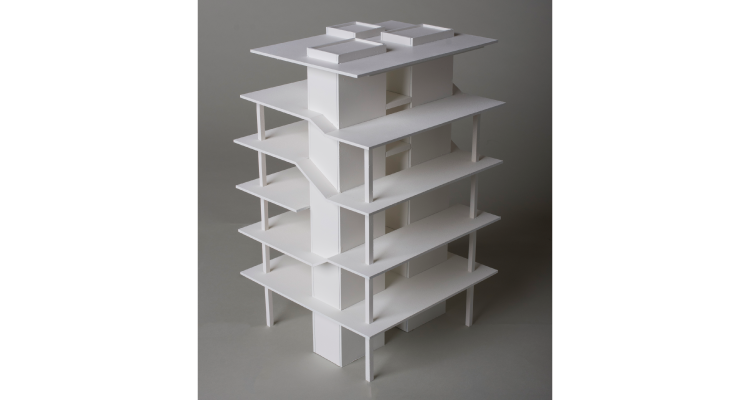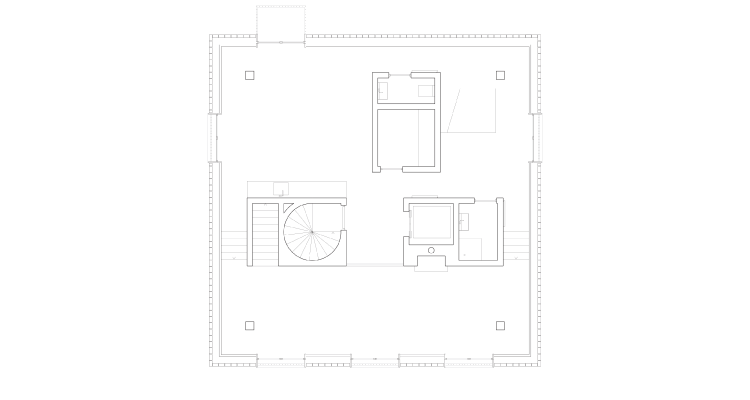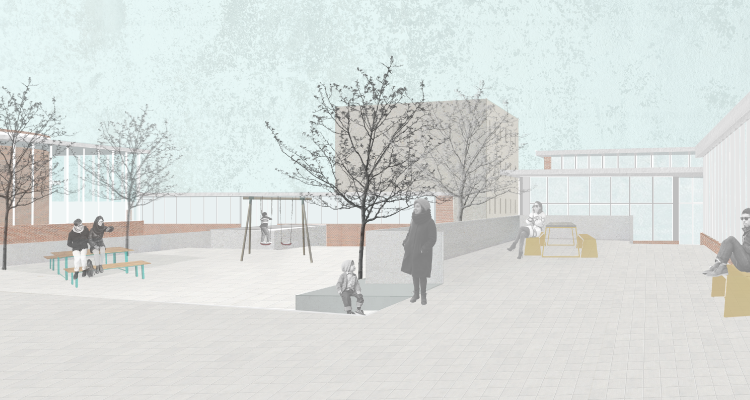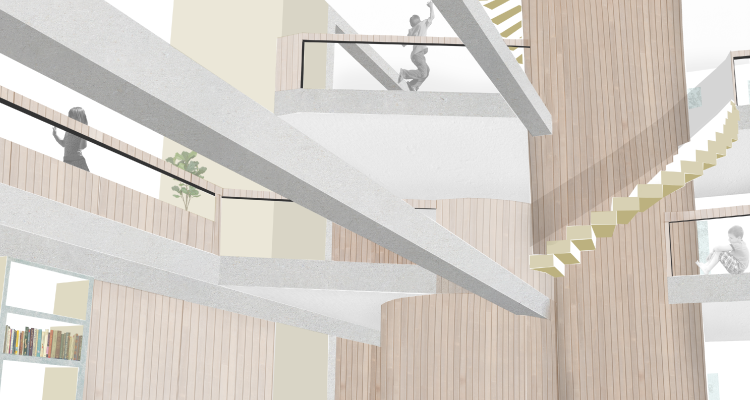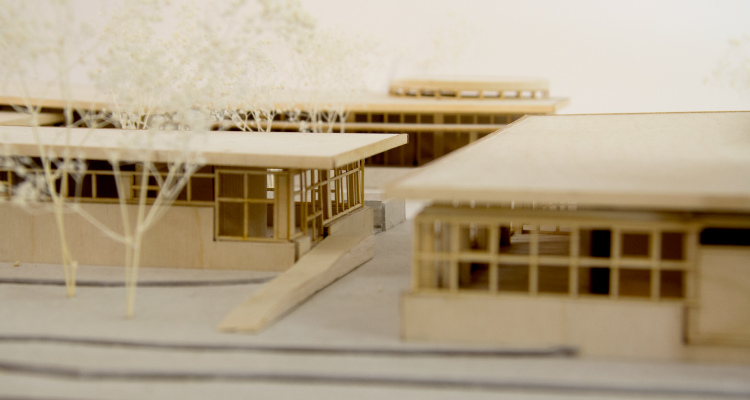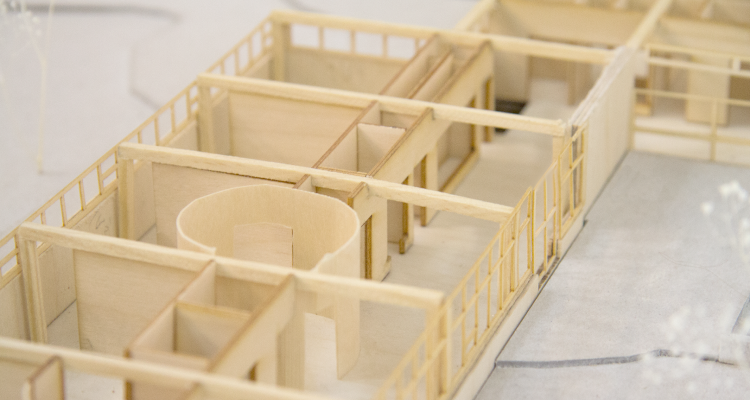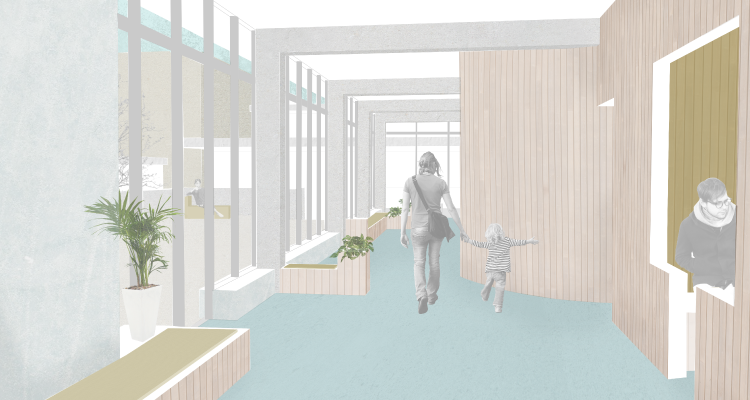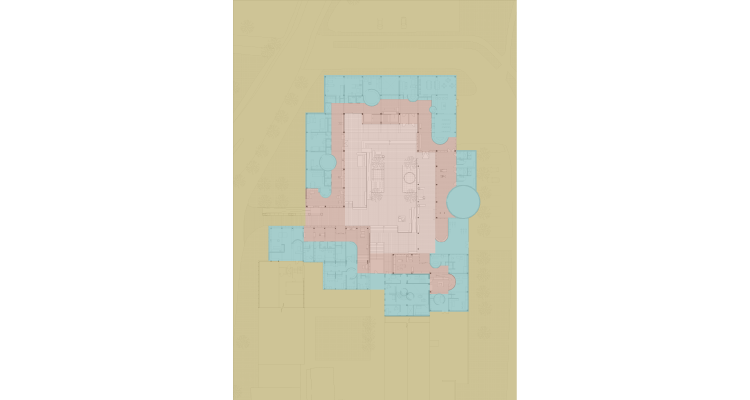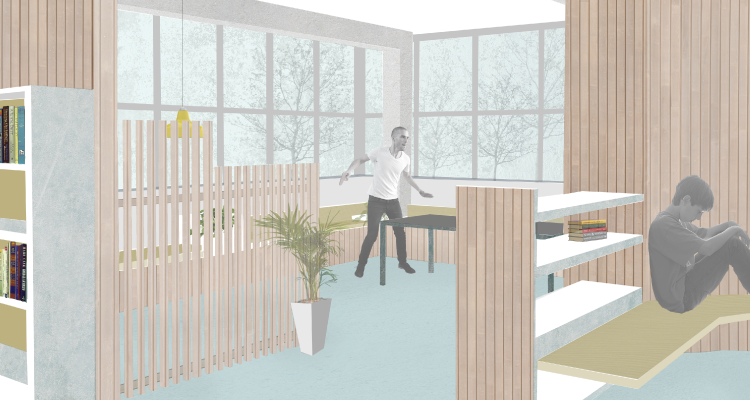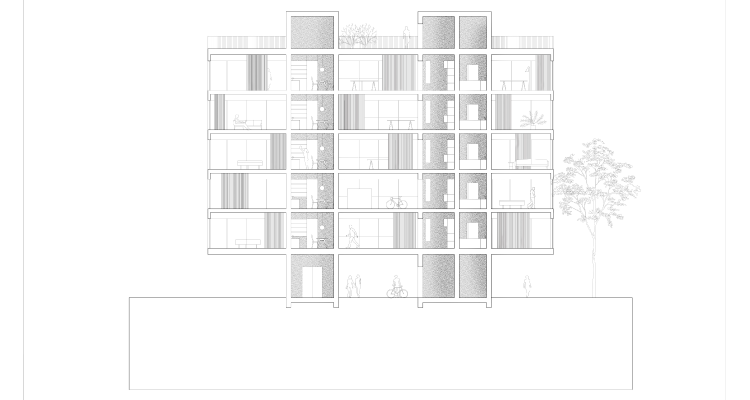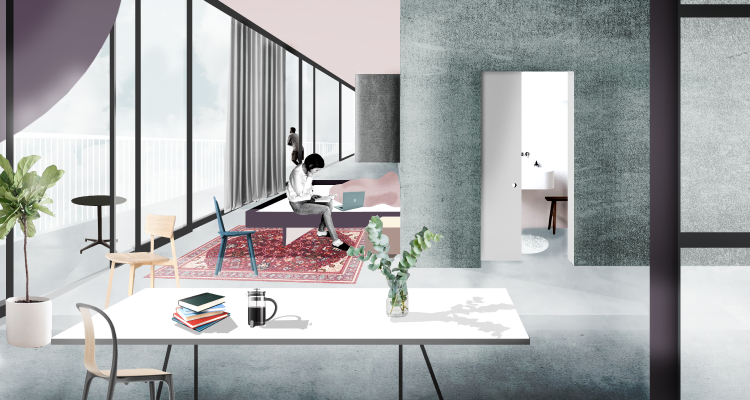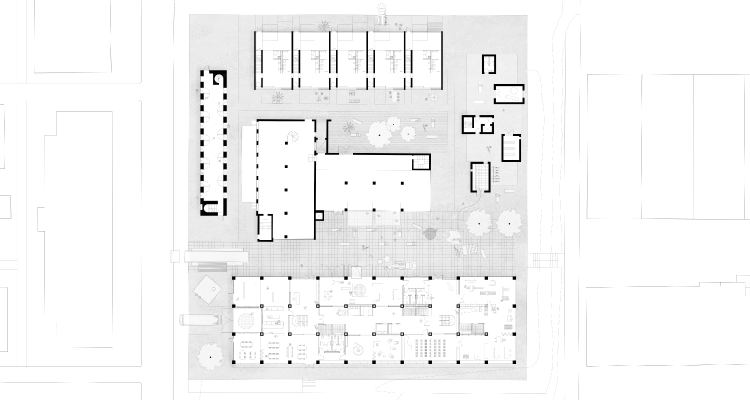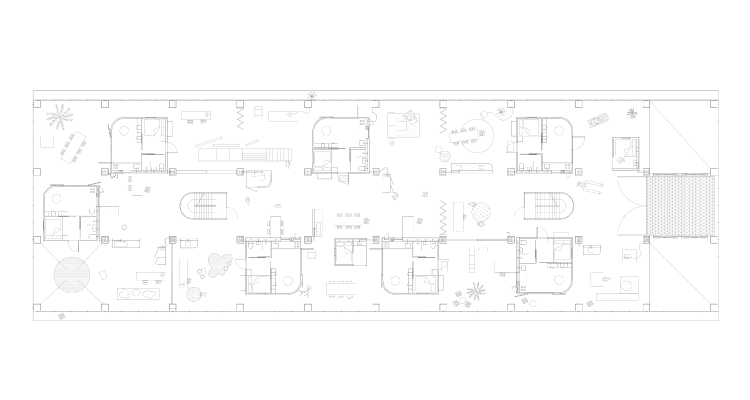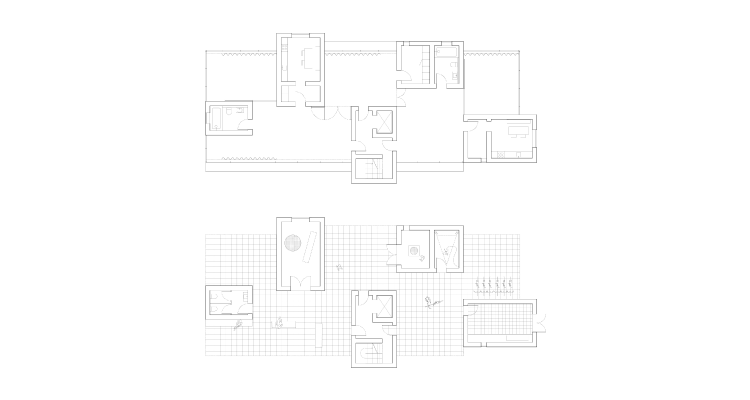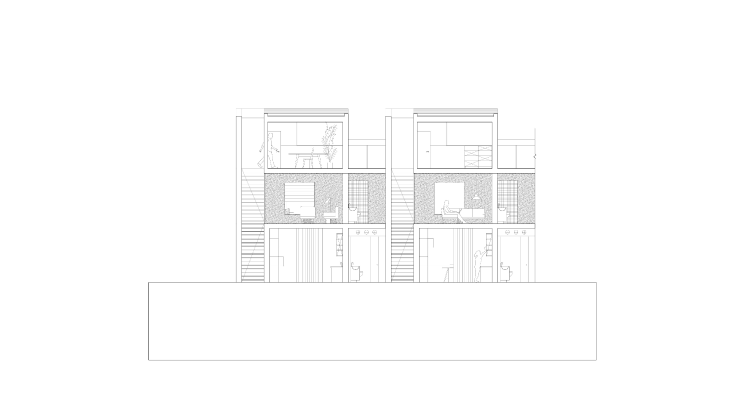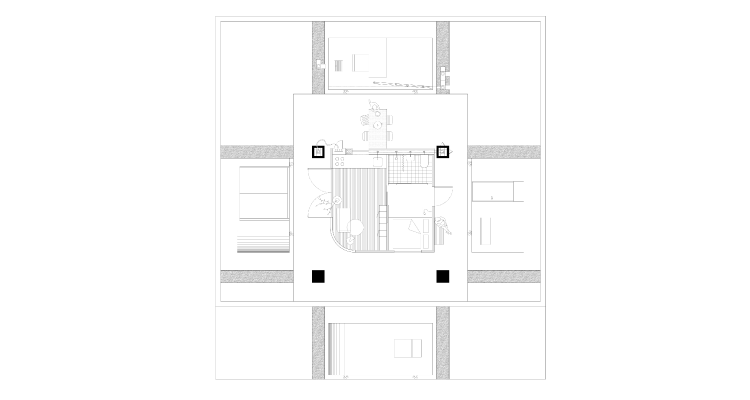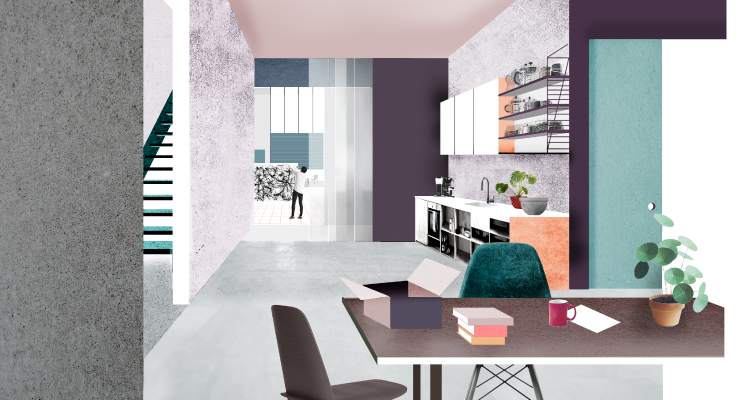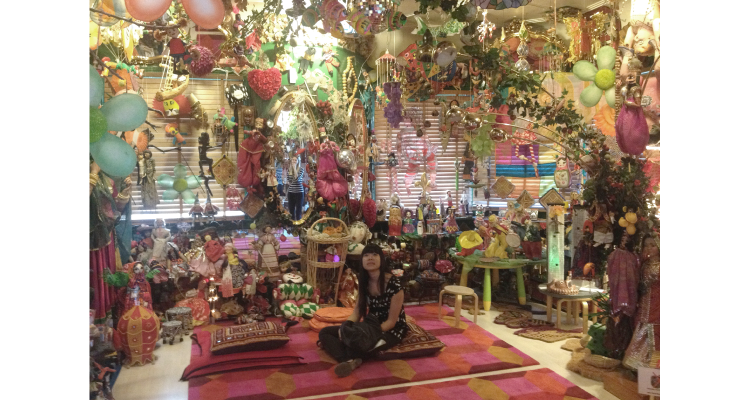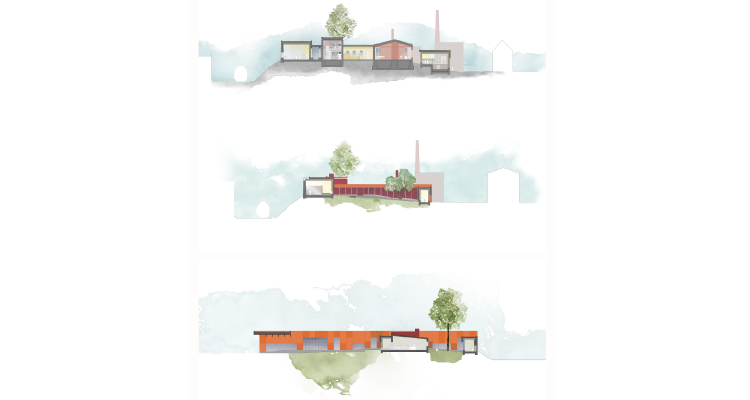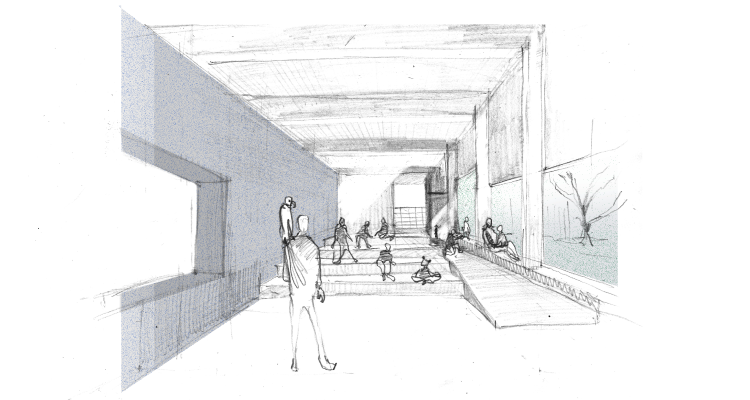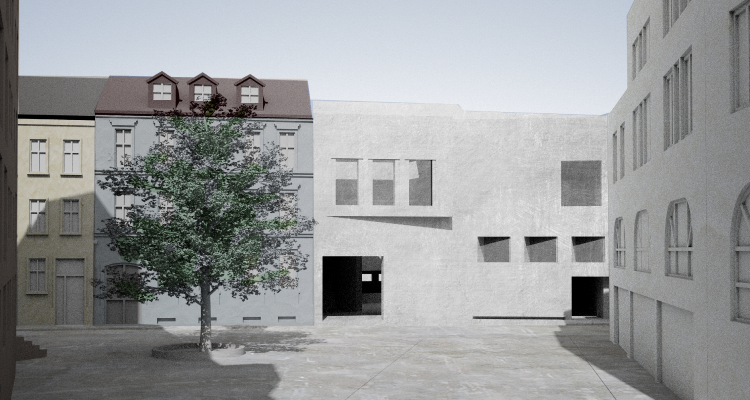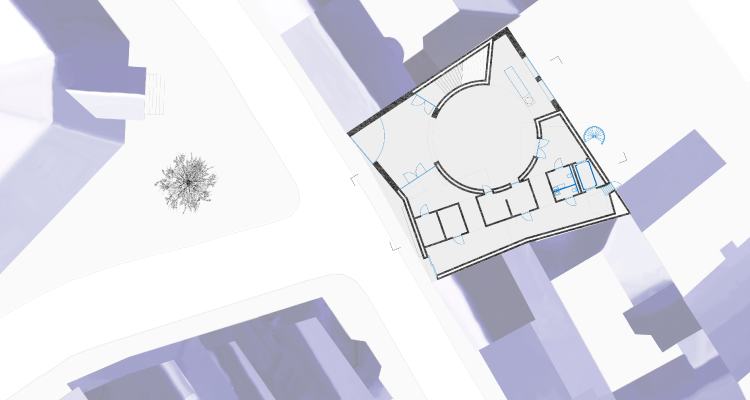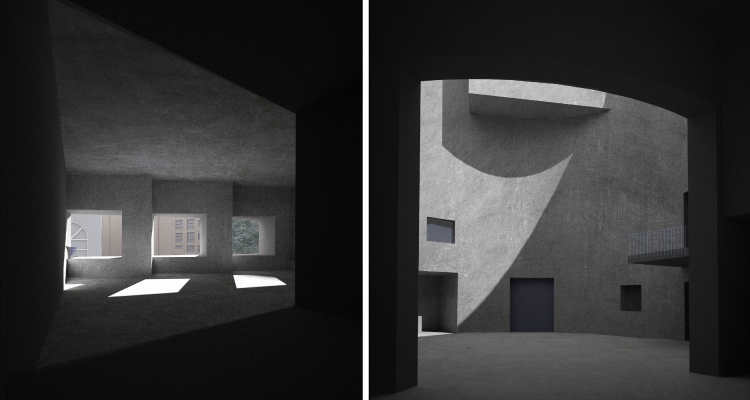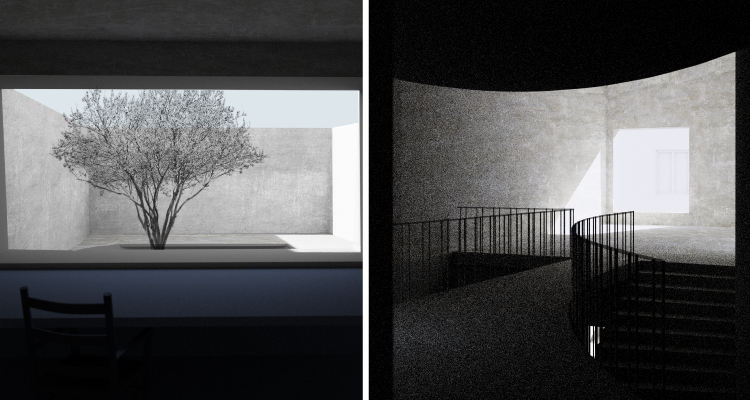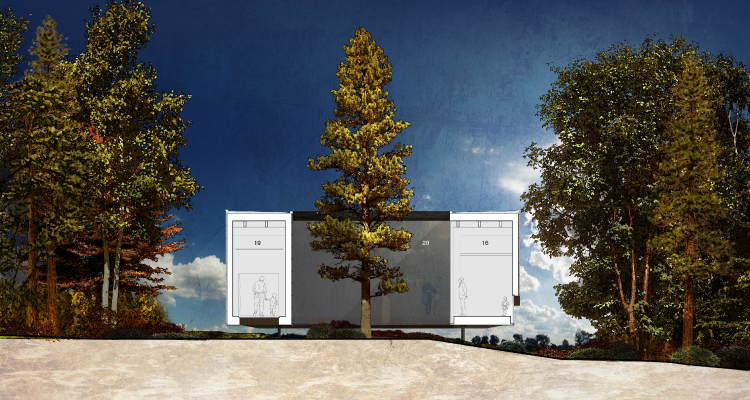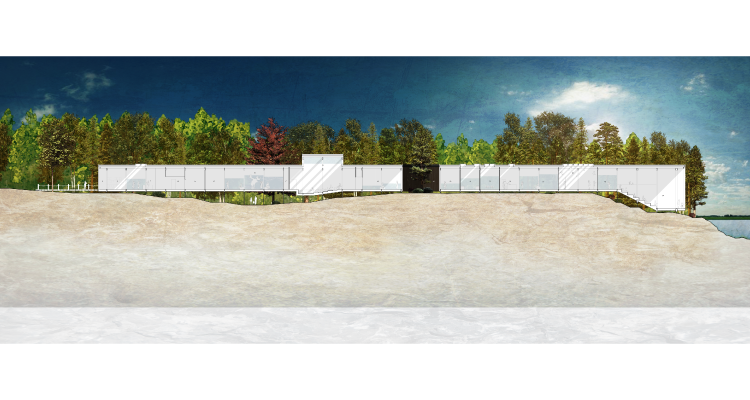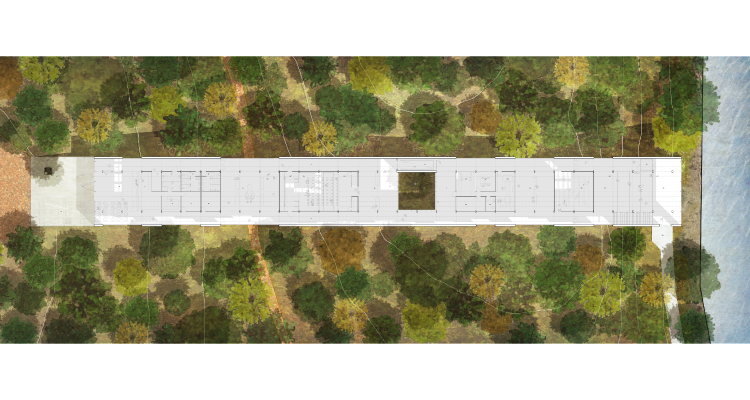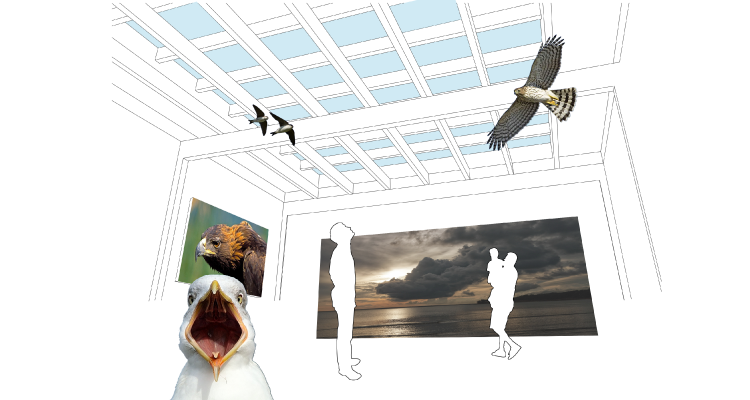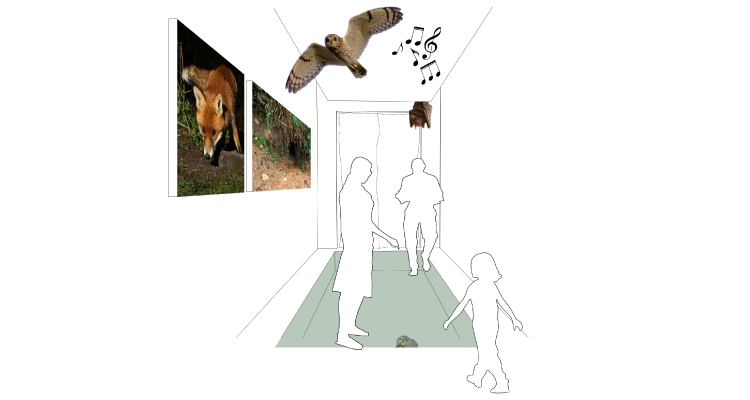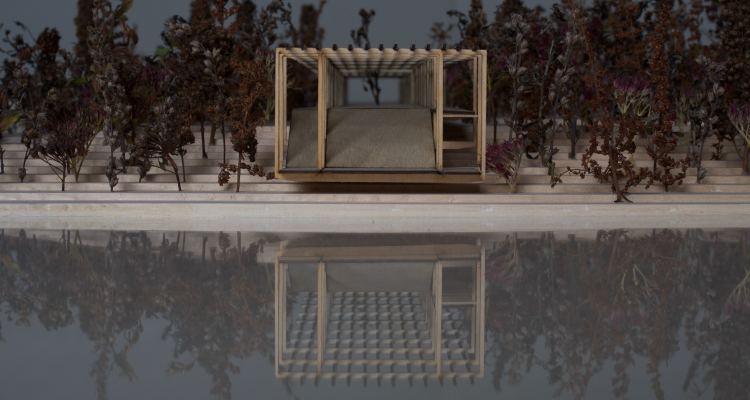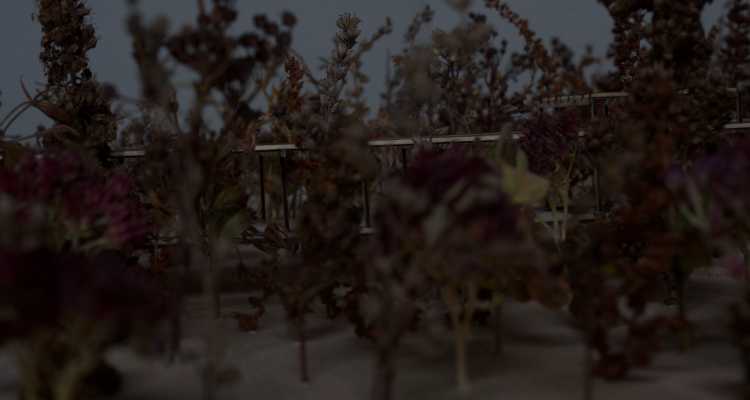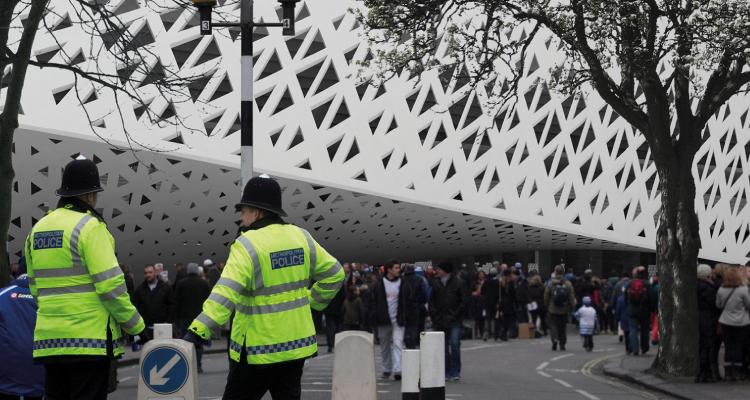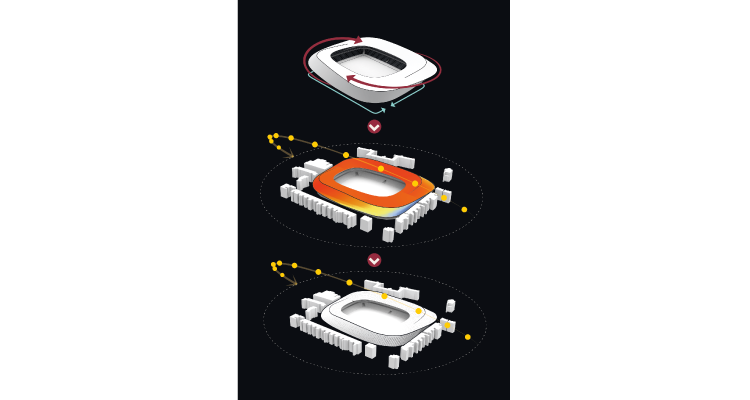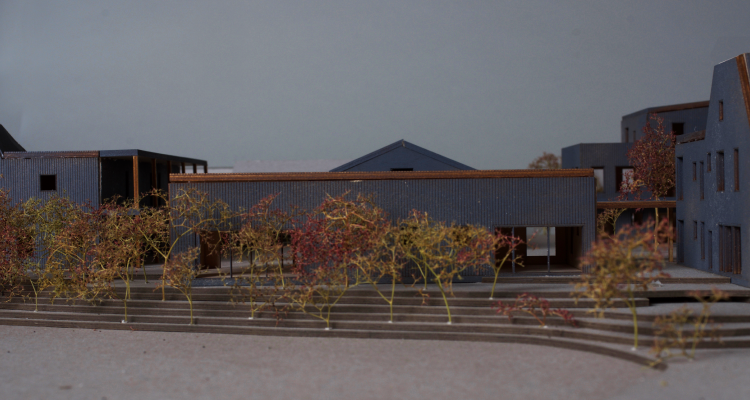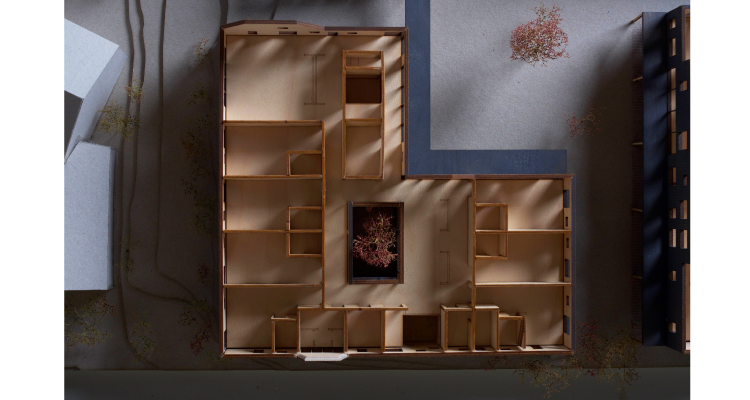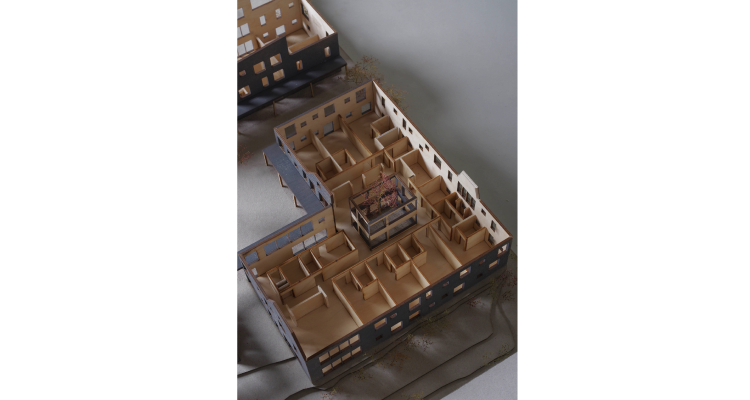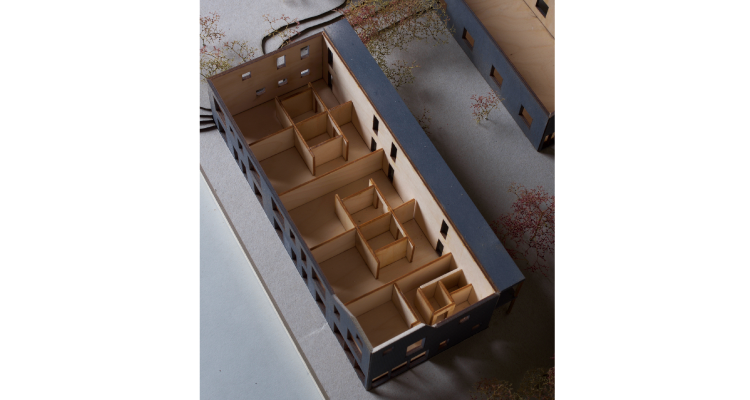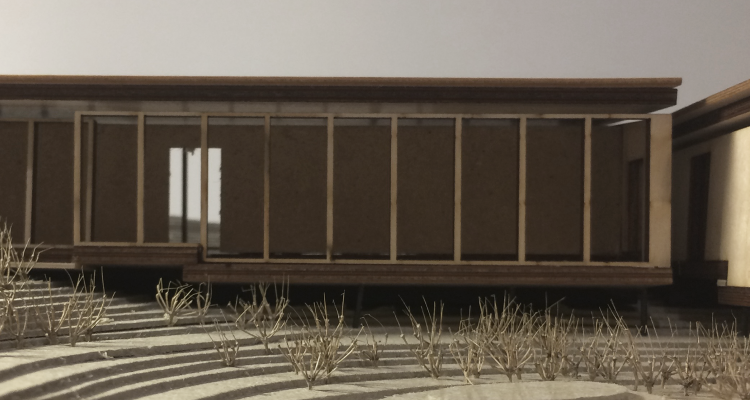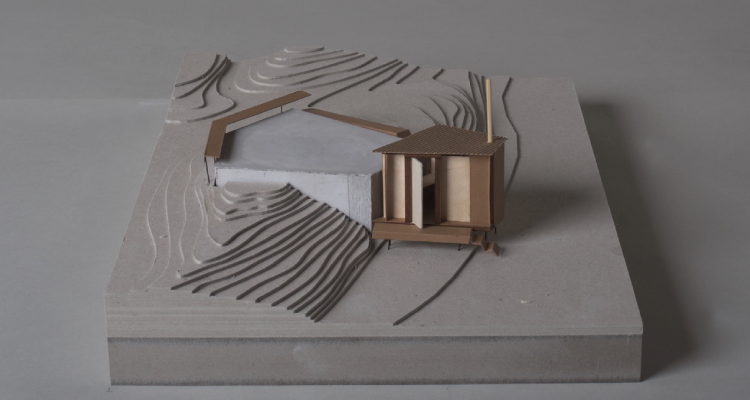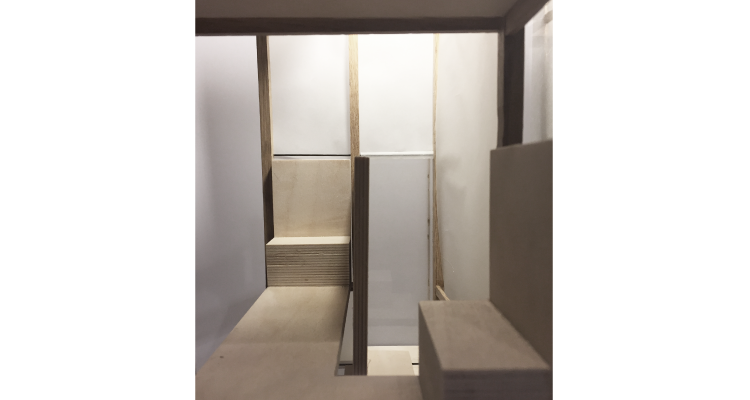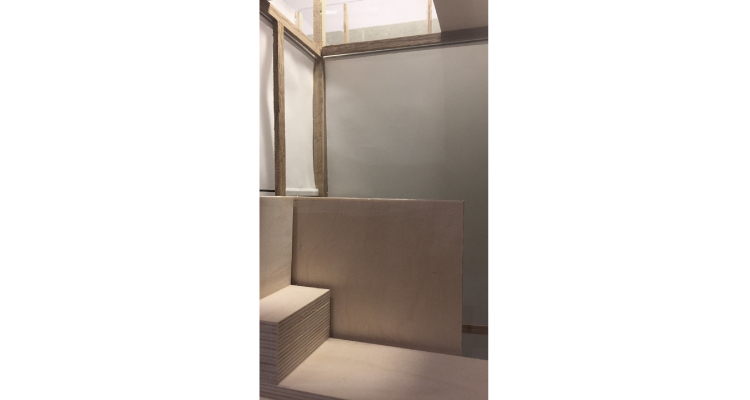Diplomprosjekt
These are now transformed into a new program: An entrance into hospitals in the Østlands region for the young.
The existing building becomes a tool to understand the area and its history and can, through an experimental method of preservation, project a new future for the quarter.
What is it that makes children of all ages sit down and draw or make something?
How can the physical environment inspire creativity?
What happens when the drawing is on display and how can it best be exhibited?
What qualities in the existing museum is it that I wish to safeguard and bring to the new museum?
The project centers around the idea of city life as opposed to architecture and the temporary as opposed to the permanent. Through the development of seven urban conditions the building becomes a structure that could facilitate life in the casual city – a collection of spaces to house the richness of urban everyday life. The site is located in the vibrant neighborhood of Grønland, Oslo, in between housing and small local shops.
The building adds to the nuances of what public space could be.
The project shall through exhibitions, lectures, program activities, mapping of the archipelago and guidance
of nature inform the visitors about the archipelago and what to experience but also how to protect it.
Narrowing the construction site down to the footprint of the building makes it possible for the surrounding vegetation to come as close as possible, letting light and nature in, and the visitors out.
This diploma seeks to respond to one of the major challenges within future health care by investigating how architecture can contribute to the treatment of dementia. An underlying need for enclosure sets the conditions for a dualistic concept between boundaries and openness. As dementia is often categorized in stages (early, middle and late), so is the project. Life doesn’t have to be so different when moving to an institution.
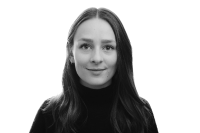
in Grønland, Oslo. The program is a small library and a temporary residence.
In nature, we preserve a landscape together with abandoned war memories. The site is located at Rakke Fort, near Stavern. The program is a school for writing and three separate writing rooms in relation to war memories.
The book and it´s process defined the program, and we have used it in our search.
